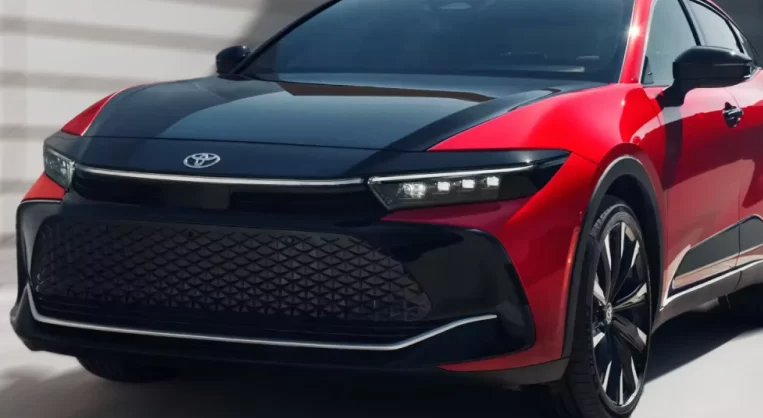Car technologies technologies
Car technologies technologies
Blog Article
Motorsports technologies

Car technologies have advanced significantly over the years, leading to improvements in safety, efficiency, connectivity, and overall driving experience. Here are some key car technologies that have gained prominence:
Advanced Driver Assistance Systems (ADAS):
ADAS includes features such as adaptive cruise control, lane departure warning, automatic emergency braking, and parking assistance. These technologies enhance safety and help prevent accidents.
Electric and Hybrid Vehicles:
Electric cars Motorsports (EVs) and hybrid vehicles have become increasingly popular. They use electric motors and batteries to reduce or eliminate reliance on traditional internal combustion engines, reducing emissions and fuel consumption.
Connected Cars:
Modern cars often come equipped with connectivity features such as GPS navigation, Bluetooth, and smartphone integration. This allows for hands-free calling, music streaming, and access to apps directly from the car's infotainment system.
Autonomous Vehicles:
Although fully autonomous vehicles are still in the testing phase, many cars now feature semi-autonomous capabilities, like adaptive cruise control and lane-keeping assist. These technologies are stepping stones toward fully autonomous driving.
Vehicle-to-Everything (V2X) Communication:
V2X technology enables communication between Automotive safety and infrastructure, improving traffic flow, safety, and efficiency. It includes features like vehicle-to-vehicle (V2V) and vehicle-to-infrastructure (V2I) communication.
Infotainment Systems:
Modern cars often have sophisticated infotainment systems that include touchscreens, voice recognition, and various connectivity options. These systems provide entertainment, navigation, and information to the driver and passengers.
Telematics and Fleet Management:
Telematics systems allow for remote monitoring of a vehicle's performance, location, and diagnostics. Fleet management solutions use telematics to optimize vehicle usage, reduce fuel consumption, and improve overall efficiency.
Advanced Materials and Lightweighting:
The use of advanced materials, such as high-strength steel, aluminum, and carbon fiber, helps improve fuel efficiency and reduce vehicle weight without compromising safety.
Energy-Efficient Technologies:
Cars incorporate various technologies to improve fuel efficiency, such as direct fuel injection, turbocharging, and start-stop systems that shut off the engine when the vehicle is stationary.
Safety Technologies:
In addition to ADAS, cars now come with a range of safety features, including airbags, anti-lock braking systems (ABS), electronic stability control (ESC), and tire pressure monitoring systems (TPMS).
Augmented Reality (AR) Navigation:
Some vehicles are incorporating AR navigation systems that overlay navigation information onto the driver's view of the road, enhancing situational awareness.
These technologies collectively contribute to making cars safer, more efficient, and technologically advanced. The automotive industry continues to evolve with ongoing research and development in areas like artificial intelligence, sustainability, and connectivity.